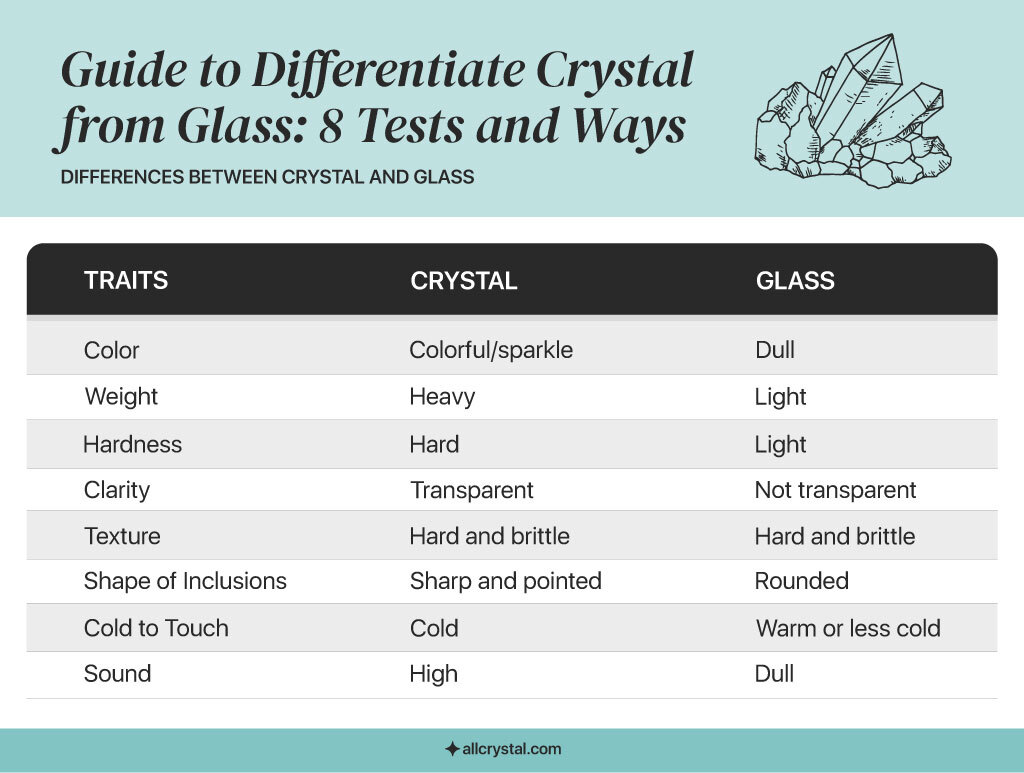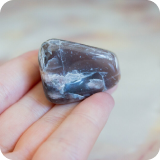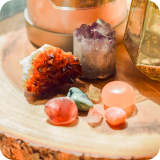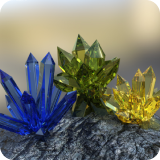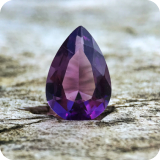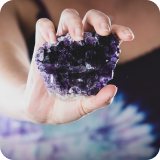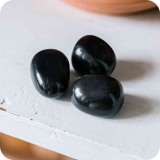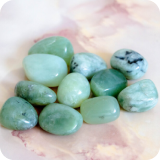- Overview of Crystals vs. Glass (Fake Crystals)
- 8 Ways to Tell the Difference Between Crystal and Glass
- FAQ
- Here’s How to Tell Crystal from Glass
Are glass and crystal the same thing? Crystals are actually a variety of glass, so how do you differentiate crystals from glass? What are the similarities and differences between crystals and glass?
You can differentiate crystals from glass by checking the weight, luster, colors, color zoning, clarity, texture, inclusions, sound, and temperature of the object.
Stick with me, and I will teach you how to tell the difference between crystal and glass so you can avoid buying from fraudsters selling out imitation crystals.
Overview of Crystals vs. Glass (Fake Crystals)
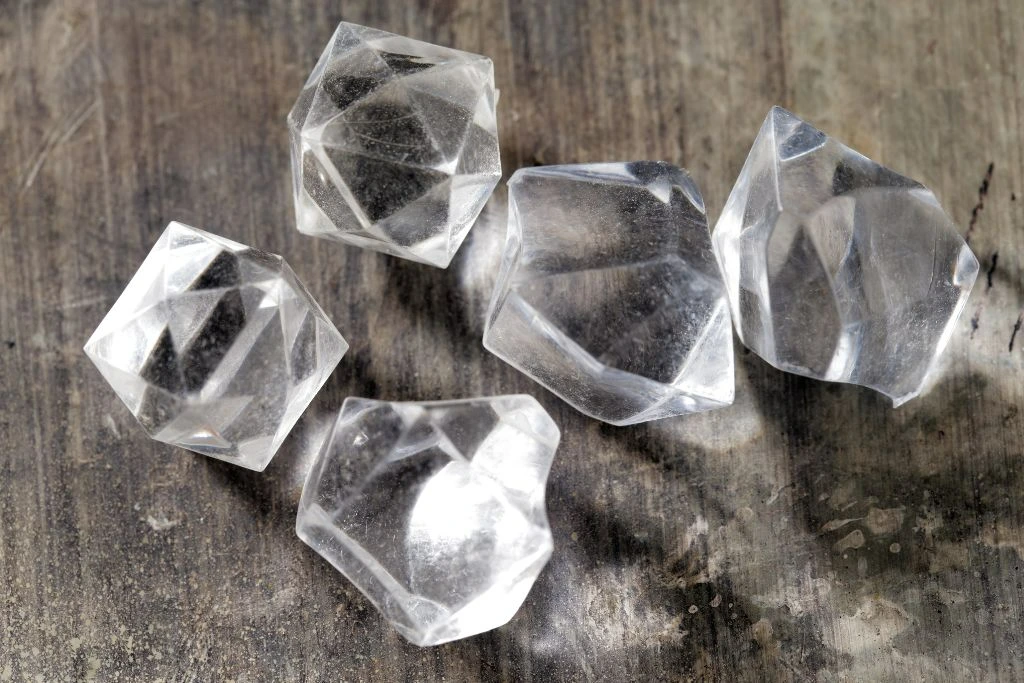
Did you know crystals are a subcategory of glass? That means all crystals are glass, but not all glass is crystals. Crystals are a special type of glass made of silica and other minerals, like lead or barium. It has a higher refractive index than regular glass, meaning that light passing through it bends more and gives off a brighter sparkle.
Crystals and glass have been popular materials humans have used for thousands of years. The origin of crystal dates back to ancient times in the form of gemstones used in jewelry and decorations by many cultures. Read the history of crystals article to know more.
While glass has a more modern origin, it is believed to have been invented by the Phoenicians around 4500 BC. They heated sand and added lime, ash, and soda until it formed a brittle substance that could be shaped into vessels for holding liquids or as panes for windows.
Crystal is a naturally occurring mineral composed of atoms arranged in a repeating crystalline pattern, whereas glass is an artificial material made from melted silica and other ingredients. Crystal is typically harder, heavier, and more expensive than glass and is often used for jewelry and decorative items due to its clarity and beauty.
Glass, on the other hand, is favored for its durability and versatility in everyday objects, like drinking glasses, windows, and light fixtures.
8 Ways to Tell the Difference Between Crystal and Glass
The easiest way to differentiate between a crystal and glass is through sound. Glass makes a clunking noise, while crystal produces a reverberating sound. I will tell you more of these ways to spot what a real crystal looks like in easy ways.
1. Color
Crystal tends to have a higher level of clarity than glass and may appear more vibrant or colorful. The presence of lead in a crystal will cause a higher refractive index, resulting in greater sparkle and rainbow-like hues. Examples of colored crystals include Amethyst, Citrine, Labradorite, and Turquoise.
2. Weight
Crystal is heavier than glass because it contains lead oxide, which adds extra weight. Some examples of heavy crystal pieces are Rose Quartz, Smoky Quartz, and Hematite.
3. Hardness
Crystal has a much higher Mohs scale rating than glass because its composition is much harder due to lead oxide. Glass usually falls at around 5 to 5.5 on the hardness scale, while crystal typically measures up at 7 to 7.5 or higher. Examples of highly durable crystals include Aquamarine and Garnet.
4. Clarity
Crystal is generally more transparent than glass due to its higher refractive index, which causes light to bend more inside than in regular glass. Many gems, like Emerald and Sapphire, are transparent when cut into polished pieces, adding extra clarity and shine that can’t be found in other stones or glasses, manufactured or natural.
5. Texture
The similarity in texture between crystals and glass is that both are hard and brittle. Examples of crystals where you can see this similarity with glass include Calcite and Fluorite.
6. Shape of Inclusions
The difference between crystals and glass can often be seen in the shape of the inclusions they contain. Crystals usually have sharp, pointed inclusions, such as in Tourmaline, Quartz, and Topaz, while glass inclusions tend to be more rounded or curved.
7. Cold to Touch
Crystals tend to be naturally cool to touch, while glass can feel warm due to its ability to retain heat from its environment. Some of the most common crystals where this difference/similarity can be seen are Rose Quartz, Amethyst, Tourmaline, and Citrine, all of which have a distinct coolness when touched.
8. Sound
Tapping a crystal will create a higher-pitched sound than tapping a glass, which should give you an idea of how one differs from the other. Examples of crystals where this can be seen include Quartz, Aquamarine, Selenite, Citrine, and Amethyst.
FAQ
- Are a lot of glass sold as crystals?
Yes, there are a lot of glass products sold as crystals. This is because many people are unaware of the difference between glass and crystal.
- How to tell crystal from glass jewelry?
It is possible to tell crystal from glass jewelry by looking at its appearance and weight. Crystal typically has a higher refractive index than glass, making it appear sparkling and heavier when held.
- How to tell if a crystal is valuable?
Factors like cut, clarity, color, and size can all affect the value of a crystal. An expert in crystals can evaluate the crystal’s worth based on these criteria.
- What other materials are used for creating fake crystals other than glass?
Other materials commonly used to create fake crystals include plastic, quartz, and resin. These substances can be dyed and shaped to resemble authentic gemstones and are often used in decorations or jewelry making due to their less expensive cost than genuine stones.
- What are the best tests to tell crystal from glass?
One of the best tests to tell crystal from glass is called the “ring test.” Crystal has a higher lead content than glass, so tapping the material with your finger or a spoon will produce a ringing or bell-like sound.
Here’s How to Tell Crystal from Glass
It’s both easy and challenging to tell the difference between crystal and glass. It’s easy because crystals have a higher refractive index than glass, resulting in greater optical dispersion for better light reflection and clarity. At the same time, it’s hard since crystal and glass are almost the same in weight and hardness.
Below is a table of differences between crystal and glass.
